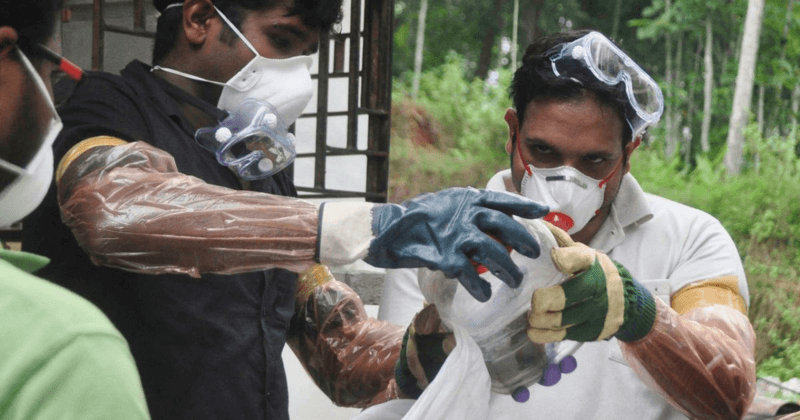
When Kerala has been declared ‘Nipah free’, a new declaration has elated the health officials and the people alike. Till now, the source of the Nipah virus spread in Kerala has been unknown and now it has been confirmed as the fruit bats by the Indian Council of Medical Research(ICMR).
The first batch of bats which included the ones which had been caught from a well at the ground zero Perambra in Kozhikode was tested NiV negative, which made the epidemiologists working on the case a little bit confused. The virus has now been sourced to the second batch of bats.
See also:“No more cases will occur,” says Health Minister on Nipah
Union Health and Family Welfare Minister JP Nadda has stated: “Scientists have found conclusive evidence of Nipah virus infection in the fruit bats found in the area.”
The delay happened due to the testing of the wrong bat species. The batch of 21 bats tested in May were the insect-eating variety who are not carriers of the NiV virus.55 bats belonging to the second batch, which were the fruit bats trapped later, contained the virus.
After 19 people getting afflicted by the virus, 17 people lost their lives due to the virus-borne encephalitis. Recently a music video has been released by some independent filmmakers and musicians on Nipah and the state government has also declared Kerala Nipah free. But there are still chances of zoonotic illnesses like the Nipah Virus outbreak happening again.
The cause of Nipah outbreak can be attributed to the rapid urbanization which forced fruit bats out of their habitat and starve for their food. Niv virus is formed inside the fruit bat during these stressful times and gets excreted through their urine and feces, from there which it passes on to humans exposed to them.
The virus can jump from one species to another as had been witnessed in Malaysia during 1998-99 outbreak, where it jumped from bats to pigs and then to humans.105 lives were lost then. In India, it was reported for the first time in Bengal.
The quick government intervention and the concerted efforts of the medical staffs helped to contain the disease from a further spread in Kerala. Anyhow the incident prompted Indian Council of Medical Research(ICMR)to prioritize epidemiological studies which would help to understand virus sequencing, drug sensitivity testing, and vaccine strain identification, along with preparing the lab network for handling dangerous pathogens.

Post Your Comments